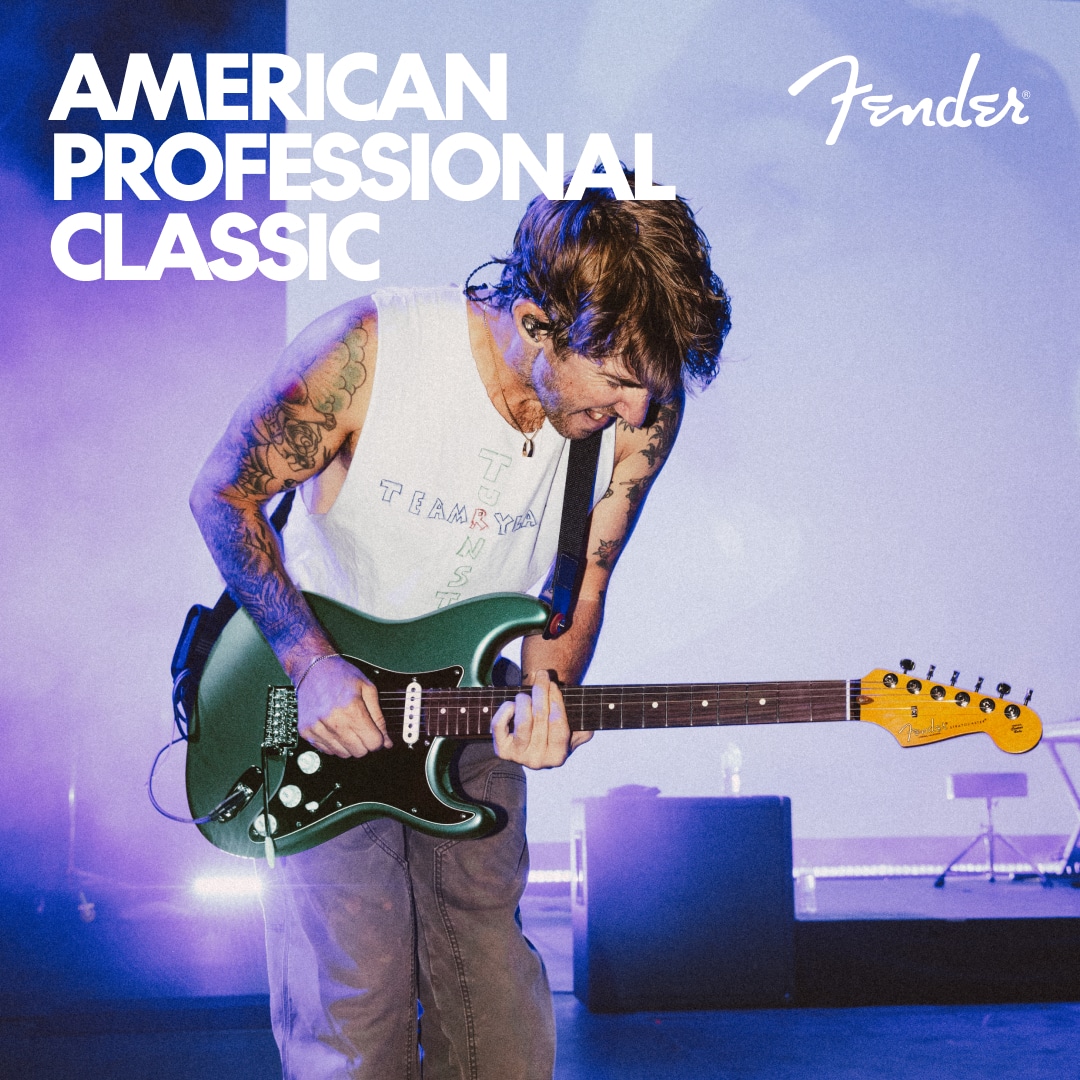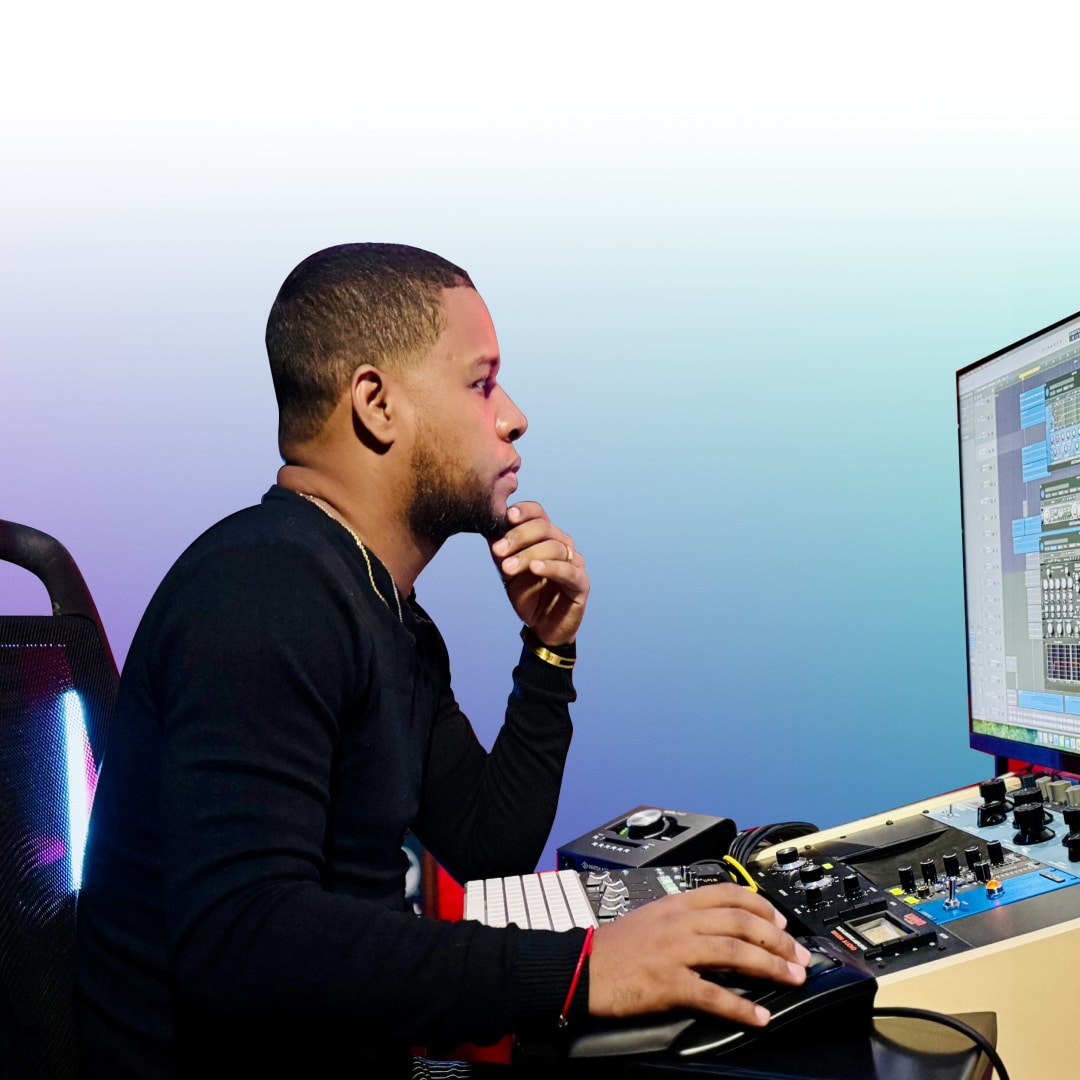Music distribution is a critical step for emerging artists aiming to reach a broader audience and gain recognition in the competitive music industry. It involves the process of getting your music into the hands of listeners through various channels and platforms. Without effective distribution, even the most talented artists may struggle to make an impact. For new artists, understanding and securing a robust distribution deal can significantly influence their career trajectory, opening doors to new opportunities and revenue streams.
Understanding the Basics of Music Distribution
What is Music Distribution?
This is the process by which music is delivered from artists to their audiences. In the past, this primarily involved physical mediums like CDs and vinyl records distributed to brick-and-mortar stores. Today, however, it largely revolves around digital platforms that reach global audiences almost instantly. Effective distribution ensures that music is available where and when consumers want to listen, from streaming services to digital download stores, thus playing a pivotal role in an artist’s success.
Key Players
The music distribution landscape is populated by a variety of key players, including major labels, independent distributors, and self-distribution platforms. Major labels offer extensive resources and market reach but often require giving up a significant amount of control over the music. Independent music distribution companies provide more flexibility and a personalized approach, ideal for artists who wish to retain more influence over their careers. Self-distribution tools, meanwhile, allow artists to directly upload and manage their music on platforms, offering the highest control at the cost of greater personal responsibility in marketing and management.
How Music Distribution Platforms Work
It acts as an intermediary between artists and listeners. They provide the infrastructure that allows music to be uploaded, stored, and streamed or purchased by fans. These platforms typically take a cut of the revenue generated from sales and streams, which varies depending on the service’s business model. The technology behind these platforms ensures that tracks are properly formatted, metadata is accurate, and royalties are tracked and paid to the right parties.
Types of Music Distribution Deals
Traditional Record Deals vs. Independent Distribution
Traditional record deals for new artists usually involve signing with a record label that takes on the responsibility of distributing, promoting, and marketing an artist’s music. In exchange, the label often receives a substantial share of the revenue and some control over the music and its release strategy. Conversely, independent music distribution allows artists to retain more autonomy and a larger portion of their earnings.
Advances and Royalties in Music Distribution
Royalties are the ongoing payments received based on the revenue generated by the music. They are calculated as a percentage of sales or streams and vary significantly based on the terms of the distribution deal. Here are the key components typically involved:
- Mechanical Royalties: These are earned each time a song is sold on physical formats such as CDs and vinyl, or through digital downloads. The rate is set by law or negotiated by rights organizations, and it’s paid by record labels or digital platforms to the songwriter or their representatives. In a rapidly evolving music market, mechanical royalties have seen changes, particularly with the rise of streaming services, which also require mechanical royalties for each play.
- Performance Royalties: This type of royalty is collected whenever a song is played in public settings, including radio stations, TV channels, restaurants, or concert venues. Performance royalties are gathered and distributed by performing rights organizations (PROs) like ASCAP, BMI, or SESAC in the United States. These organizations track where and how often music is played and distribute royalties accordingly to songwriters and publishers.
- Synchronization Royalties: Earned when music is used in conjunction with visual media, synchronization royalties are negotiated on a case-by-case basis. This includes use in films, TV shows, advertisements, or video games. These royalties are paid by the company that licenses the music (like a film production company or advertising agency) directly to the rights holders. The amount can vary widely depending on the prominence of the music usage and the visual media’s distribution scale.
- Print Music Royalties: These royalties are generated from the sale of sheet music, musical scores, and other printed musical content. Composers and songwriters earn these royalties when their works are transcribed to sheet music and sold in physical or digital formats. Even if this royalties stream isn’t as large as some others, it’s nevertheless important, particularly for popular tunes that are regularly taught or performed in classical music.
Recognizing the different types of music royalties and how they are generated allows artists to better navigate their financial landscape and make strategic decisions about their work. Proper management of these royalty streams can help secure an artist’s financial future, ensuring they are compensated for every use of their music.
Digital Distribution Deals
These deals do not typically require the physical production of records, reducing overhead costs and increasing profit margins. They also allow artists to release music more frequently and with greater geographic reach. Additionally, digital platforms provide invaluable data insights, enabling artists to understand their audience better and tailor their marketing strategies accordingly.
Hybrid Distribution Models
Combining aspects of independent and traditional distribution, hybrid models provide flexibility and specialized services to meet a range of needs. These models are particularly beneficial for emerging artists who require professional support without relinquishing too much control over their music careers. Hybrid distribution can include partnerships with smaller, niche labels or agreements with distribution services that offer additional promotional support while allowing artists to maintain ownership of their music.
Pros and Cons of Music Distribution Options
Benefits of Traditional Record Deals
Getting a record deal can be a transformative step for new artists, offering several benefits. The most significant advantage is access to an established network of industry professionals, which includes producers, marketers, and promoters, all working to elevate the artist’s career. Furthermore, these deals often come with substantial financial backing, allowing artists to focus on their creativity without the burden of funding their own recordings and marketing campaigns. Traditional labels also have strong relationships with media outlets and streaming services, ensuring that music reaches as wide an audience as possible.
Downsides of Traditional Music Contract Deals
Artists often have to compromise on their artistic freedom, adhering to the commercial strategies set by the label. The financial agreements in these deals are typically less favorable for the artists, with labels taking a significant portion of the revenue generated from sales and streams. Such contracts can also bind artists for multiple albums, limiting their flexibility to adapt to changing market conditions or creative directions.
Challenges of Going Independent
While choosing to pursue an independent music career offers freedom and control, it also introduces a variety of challenges that can test the resolve of even the most dedicated artists. Navigating these obstacles requires a strategic approach and often a significant investment of both time and resources. Here’s a look at the challenges:
- Financial Responsibility: Independent artists shoulder the financial burden of their careers, investing in recording, production, and marketing efforts out of their own pockets. This can be a significant financial strain, as there are no advances from a label to cover these costs. The risk is higher without the financial backing and security that a label provides. Successful management of finances demands careful planning, budgeting, and perhaps most importantly, a willingness to invest in one’s future, knowing that the return on these investments is not guaranteed.
- Marketing and Promotion: Without the support of a label’s established promotional resources, independent artists must take on the daunting task of marketing their music themselves. This involves understanding and leveraging various platforms, from social media to digital streaming services, to reach their audience effectively. The challenge here lies not only in the creation of compelling music marketing strategies but also in maintaining a consistent and engaging presence online. Artists must become adept at marketing to build their brand, engage with fans, and grow their listener base in a competitive digital landscape.
- Distribution Complexity: Managing music distribution across various platforms can be intricate and demanding for independent artists. They must ensure their music is uploaded correctly, metadata is accurate, and royalties are properly tracked. This process includes navigating different requirements and specifications for each platform, which can vary widely. Effective distribution requires a good understanding of digital tools and services, which can help streamline these processes and ensure that artists maximize their reach and revenue.
- Limited Industry Access: One of the significant advantages of being associated with a record label is the access it provides to a network of industry contacts, including producers, other artists, and media outlets. Independent artists often find themselves outside these networks, making it more challenging to secure collaborations, playlist placements, and press coverage. Building a network from scratch requires not only talent but also persistence and excellent interpersonal skills to foster and maintain industry relationships.
- Overwhelming Administrative Tasks: The administrative demands of managing a music career can be overwhelming for independent artists. Tasks such as copyright registration, royalty collection, and contract negotiations require a detailed understanding of the legal and business aspects of music. Without the support structure of a label, these tasks can consume a significant amount of time and energy, detracting from the creative process.
Despite these challenges, the path to independence in the music industry can be incredibly rewarding. Artists who succeed in overcoming these obstacles often benefit from greater artistic freedom, a closer connection with their audience, and the personal satisfaction of building a career on their terms.
Leveraging Digital Music Distribution
How to Maximize Reach Through Online Platforms
To maximize their reach, artists should employ a strategic approach when using online platforms. This involves not only regular uploads but also engaging with fans directly through these platforms’ social features. Collaborating with other artists and playlist curators can also enhance visibility and attract new listeners. Artists can use data analytics provided by these platforms to tailor their marketing campaigns, ensuring they target their most engaged audiences effectively.
The Role of Streaming Services
Streaming services are at the forefront of digital music distribution, fundamentally changing how music is consumed. They offer artists continuous revenue through streams, which, although smaller on a per-play basis, can accumulate significantly over time. The presence of music on popular streaming sites also serves as a barometer for popularity and relevance, often influencing other areas such as radio play and media attention.
Monetizing Music through Digital Channels
Artists can also leverage digital channels to sell merchandise, offer exclusive content through subscription models, and host live virtual concerts, all of which can provide additional revenue streams. Understanding the scope of digital tools available and integrating them into a comprehensive business strategy allows artists to diversify their income and better sustain their careers in the fast-evolving music landscape.
Choosing the Right Music Distribution Company
Factors to Consider
Selecting the right music distribution company is pivotal for an artist’s success. Key considerations should include the distributor’s reach, genre specialty, and the specific services they offer, such as promotional support. The financial terms of the deal, including royalty rates and payment schedules, are also crucial. Artists should seek feedback from peers and research the company’s reputation to guarantee they are trustworthy and effective in promoting their artists.
Tailoring Your Choice to Your Career Stage
Companies that provide music promotion for new artists and mentorship during the early phases of their careers may be more advantageous. Established artists might look for companies with strong global distribution networks and advanced analytics to maximize their reach and revenues. Each artist’s goals and current standing should guide their choice of distributor.
Common Pitfalls to Avoid
Long-term contracts can restrict an artist’s flexibility, so it’s essential to understand the exit clauses. Hidden fees for services like marketing and release setups can also accumulate, so transparency in pricing is crucial. Inadequate communication or support from the distributor can hinder an artist’s ability to make informed decisions about their career. Ensuring that the distributor’s vision aligns with the artist’s own artistic and business goals is vital for a fruitful partnership.
Securing successful music deals for beginners is a pivotal step for artists aiming to expand their audience and establish a foothold in the industry. It requires a combination of diligent research, strategic decision-making, and effective negotiation to align with the right partner. By staying informed and proactive, artists can ensure that they choose a path that not only respects their artistic vision but also promotes their long-term success in the evolving music landscape.













